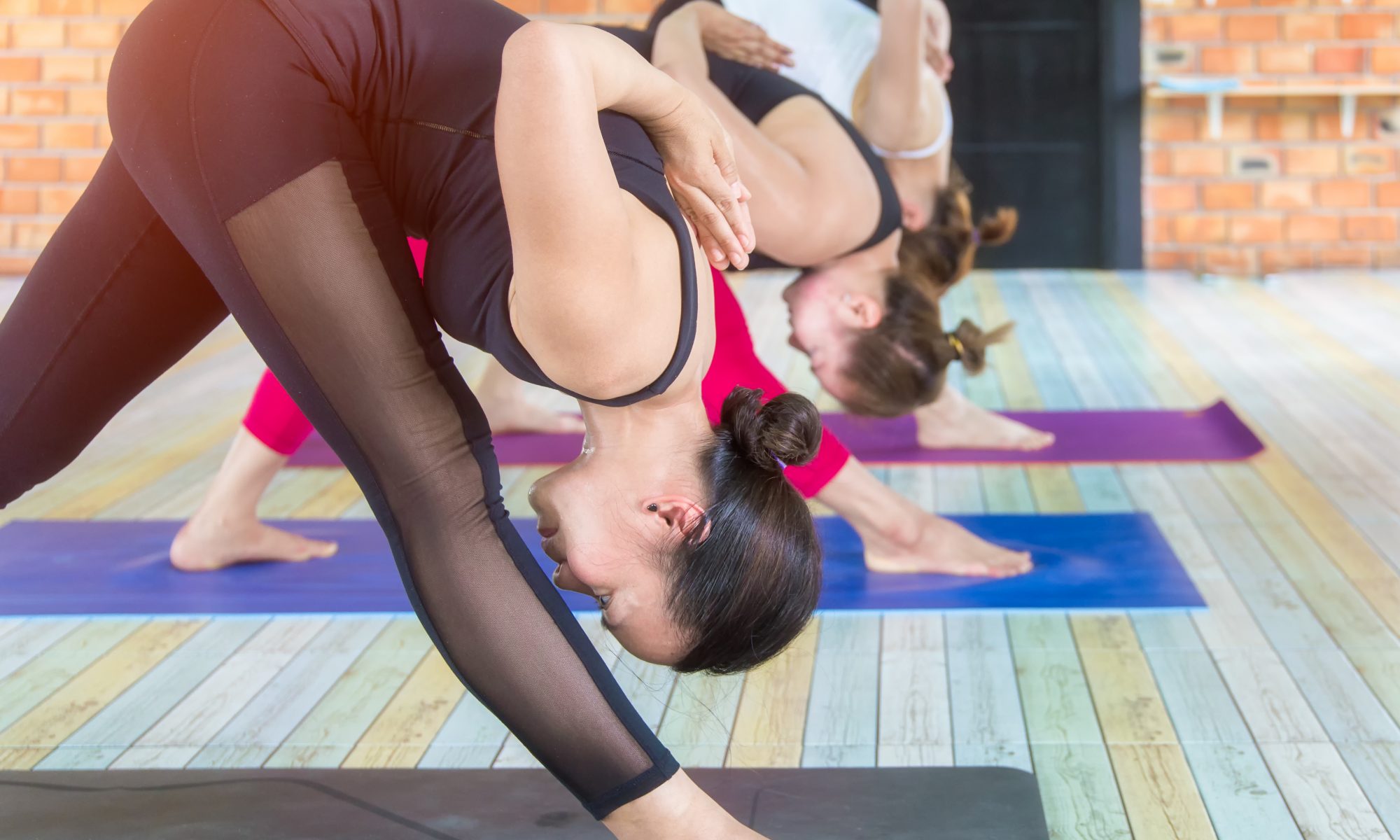Today’s sedentary lifestyle is wreaking havoc on our health. According to James A. Levine, a pioneering spirit paving the way for research on the negative effects of a sedentary lifestyle, any extended sitting, such as sitting at one’s desk or behind the wheel of one’s car, can be harmful to our health including increasing the risk of cancers.
Our bodies are designed to move. Certain parts of our body such as the lymphatic system, for example, cannot function properly without physical movement. Our lymphatic system is made up of over 600 vessels and nodes intricately woven together in a complicated but exquisite network and is responsible for detoxifying our bodies by transporting fluids, allocating proteins, and removing cellular debris and foreign material. Because the lymphatic system does not have an in-house pump (the heart) like the circulatory system, these vessels require muscle contraction for it to move and do its job properly. Thus, when we move, the lymph system moves. When we don’t move, the lymph system can become stagnant and cells will literally fester in their own waste.
We can avoid this from happening by simply moving our bodies. Studies show that aerobic activities such as jumping rope or bouncing on a trampoline is extremely beneficial to getting the lymph system moving as well as fostering blood flow throughout our bodies delivering much needed nutrients to all our vital organs.
Not only will exercise of all types help the body fight cancer and other diseases, exercise slows down the release of stress hormones, boosts the immune system, and helps maintain a healthy body weight. The American Cancer Society (2011) recommends thirty to sixty minutes of exercise five days per week. Not only will you be healthier, feel happier and have more energy, but you will be more focused and productive both at work and at home.
This is because physical exercise improves neural functioning, self-regulation and focused attention. How? When we move our bodies, oxygen is pumped into our brains giving us more energy as well as a feeling of euphoria. This is partly due to the endorphin lift we get from exercising. Endorphins act as analgesics or pain killer. They also have a sedative effect relaxing us after a busy day (why I call exercise my happy pill). These feel good chemicals are released in the brain no matter what your choice of activity—golf, aerobics, or dancing—and they all contribute to a healthier, happier you.
Like everything, however, when it comes to exercise, balance is key. Too much exercise can actually result in an increase of stress hormones (cortisol and adrenaline), and in turn decrease white blood cell activity which is responsible for fighting disease. What is too much? Exercise that is intensive and long term. Rigorous exercise can have negative effects on the body. It can also result in feeling overwhelmed and increase the risk of quitting. When in question, if you are experiencing injuries, exhaustion and depression, you may be working out too much.
And how will you know if you are exercising enough? It is recommended that to get the most bang from your physical activity of choice, break a sweat, but don’t drown in it. Moderation is essential! Studies on exercise and breast cancer, for example, show that simply walking two to five hours each week at a normal speed helps prevent relapse.
So get out of your chairs and move. Walk around the office or walk around the block, but move your body throughout the day!

